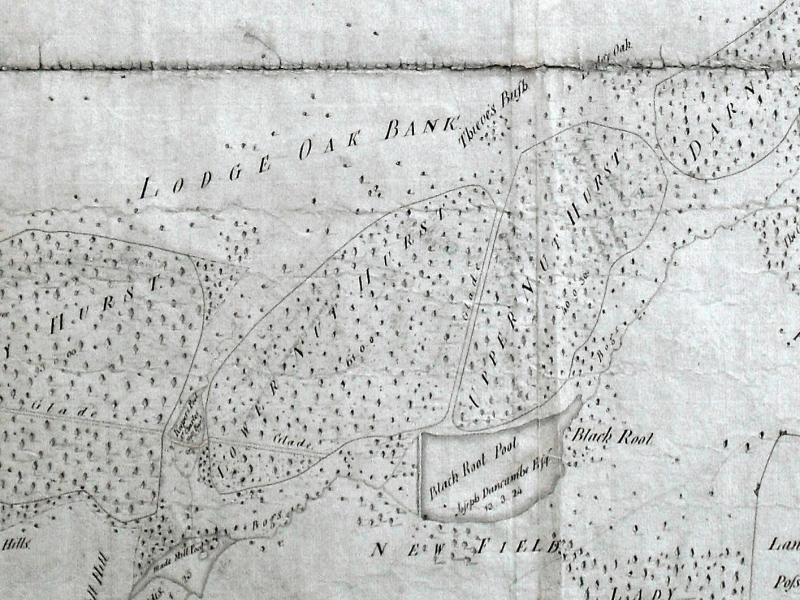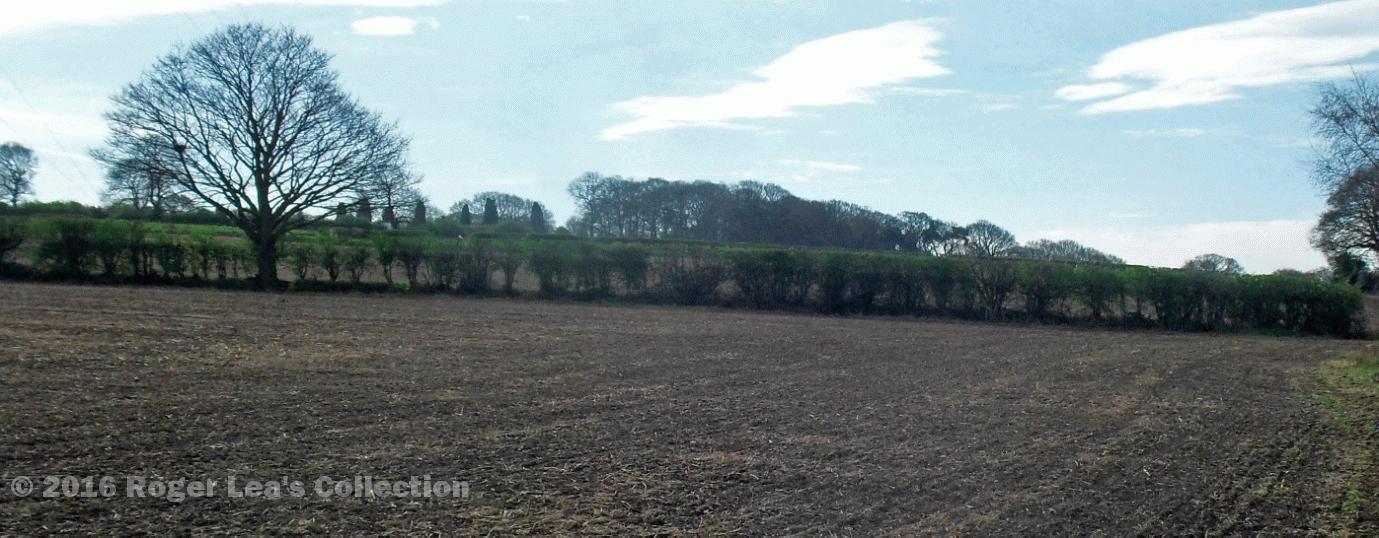Some of the place-names in Sutton Coldfield originated a very long time ago. Working out the derivation of names, however, is partly guesswork, so Miss Bracken (History of the Forest and Chase of Sutton Coldfield, 1860) may be mistaken in giving an Ancient British derivation for Maney “Meini - place of stones” although there were some stone quarries nearby. Wyndley may also include an ancient British element if wynd is a salt-way. The Roman road in Sutton Park gives the root for Streetly - to the Romans the road was strata via iceni.
Names of Anglo-Saxon derivation abound - Langley, Walmley, Wigginshill, Minworth, Roughley and Sutton itself. Norman French is represented by Peddimore - pied de mor - at the foot of the high ground.
Many of the names are descriptive of the landscape, for example “The Wild”, an old name for the Wylde Green area, conjures up ideas of an untamed stretch of country, while “Coldfield” was a barren wasteland and “Blabbs” a wetland with marsh marigolds. A district of Sutton was known as Beyond the Wood, while up on the high ground stood Hill Village. “Slade” can mean a dry valley as at Gum Slade (damp dell) in Sutton Park or Slade Road in Erdington, but the alternative meaning of an open space between banks seems more appropriate to the Slade Road area of Sutton.
Landmarks gave rise to place-names, though the ash tree for which Walmley Ash was named has long gone. Another ash tree must have been a notable landmark at Ashfurlong - this name occurs in a fourteenth century document referring to property in Reddicap Hill as being “in a furlong called Ashfurlong” (“furlong” originally meant any defined area of ground). The name Four Oaks also occurs in the Middle Ages, so the oak trees that are there now are likely to be second or third generation trees.
Names throw light on the history of places. Settlements with only one or two houses which were first established in the Middle Ages often had names ending End or Green, so the place-names give a possible medieval date for Thimble End, Bumble End, Grove End and Over Green. In the twelfth century when Sutton Park was first created there was probably a keeper’s house; so far archaeologists have not found any trace of it on the ground, but the place-names Keepers Pool and Lodge Oak Bank in the middle of the park hint at its whereabouts.
Names such as Banners Gate and Rowtons Well seem to be challenging us to find out more about the mysterious messrs. Banner and Rowton, but some names are puzzles that seem insoluble. The sloping land between the television mast and Lichfield Road was always known as “The Oslet”, but the derivation of this name remains a mystery to me after many hours of research.

